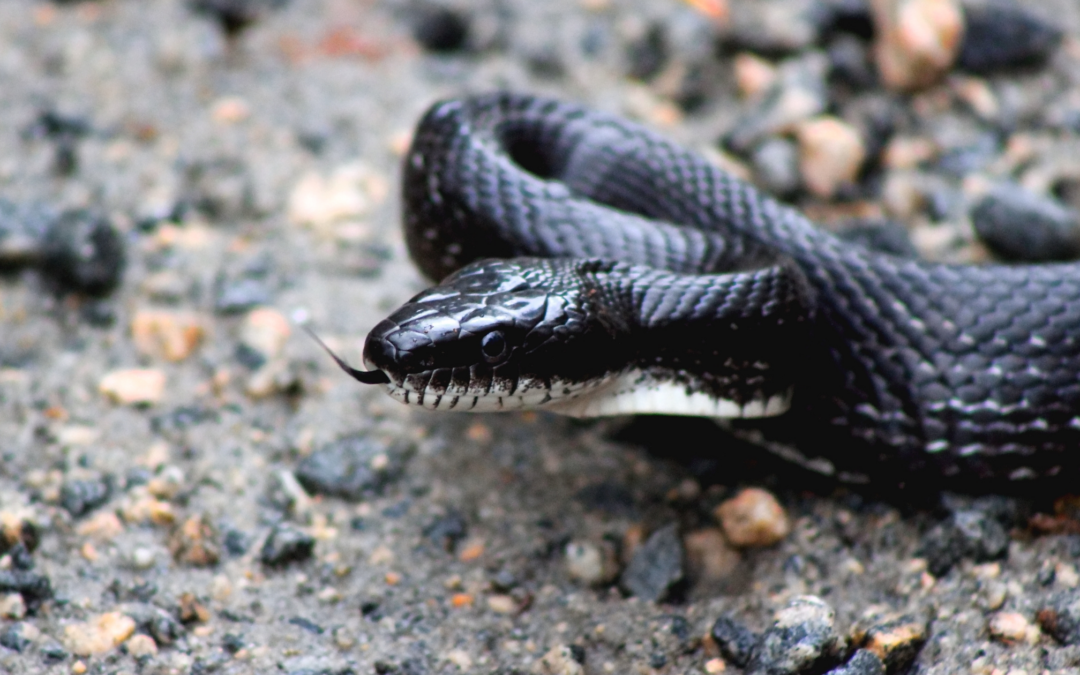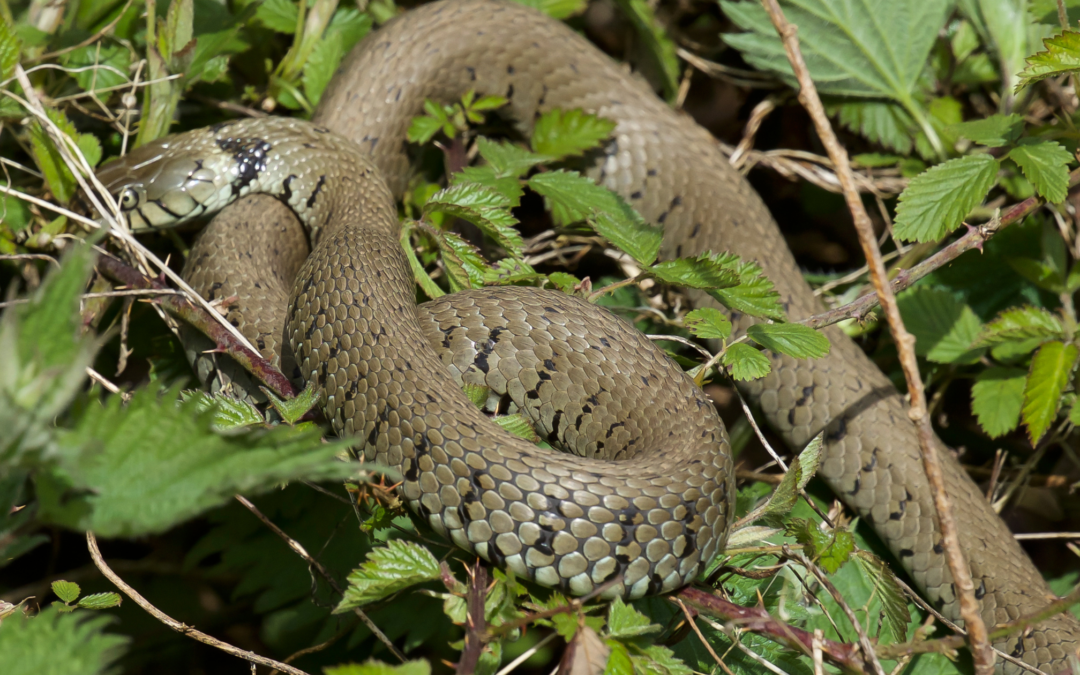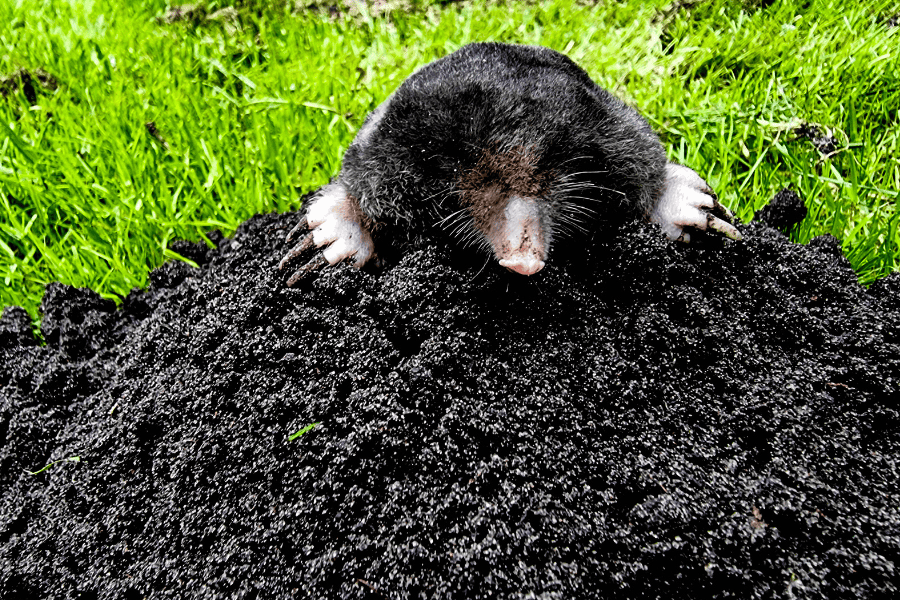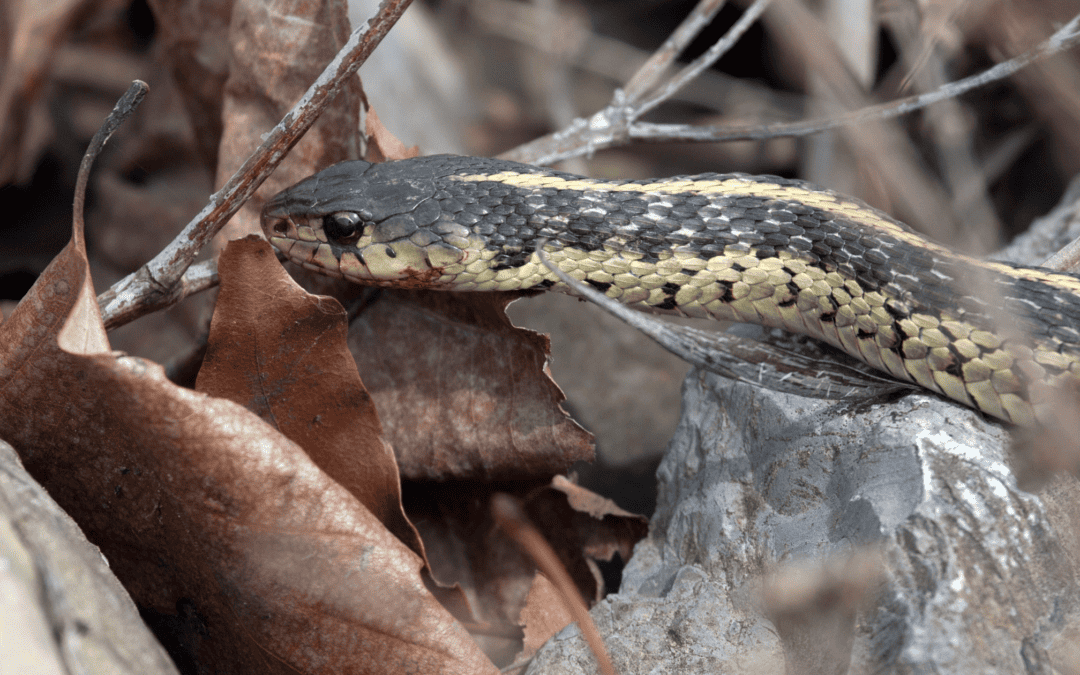READY TO GET STARTED?
REQUEST A FREE ESTIMATE
Fill out the form below or call (888) 466-7849 for a free, no-obligation estimate.

Georgia, with its lush greenery and thriving ecosystems, offers a haven for diverse wildlife. However, amidst this natural beauty, one tiny creature often wreaks havoc in yards and gardens – the mole. These subterranean mammals may seem innocuous, but their tunneling activities can cause significant damage to your landscape. In this guide, we’ll delve into what moles are, how to identify them, signs of their presence, the damage they can cause, and most importantly, effective methods for mole control.
Moles, small mammals belonging to the Talpidae family, are expert diggers equipped with powerful forelimbs and specialized claws for tunneling underground. Typically measuring around 5 to 8 inches in length, moles have velvety fur and small eyes, adapted for a life spent primarily underground. Contrary to popular belief, moles are not rodents but are more closely related to shrews.
Spotting moles in your yard might prove challenging due to their subterranean lifestyle. However, their telltale signs are often visible. Look out for raised ridges or mounds of soil resembling miniature volcanoes, which mark the entrance to their intricate tunnel systems. Additionally, you might notice surface tunnels or ridges created by their underground passages.
Aside from visual cues like mole mounds and surface tunnels, there are other signs indicating mole activity in your yard. Wilting plants or patches of dying grass may result from moles disrupting the root system while tunneling. Furthermore, the presence of grubs, earthworms, and other soil-dwelling insects in abundance might attract moles to your yard, as they constitute their primary food sources.
While moles primarily feed on insects and earthworms, their tunneling activities can wreak havoc on your yard and garden. Besides uprooting plants and disrupting the root system, their tunnels can create air pockets in the soil, leading to water runoff and soil erosion. Additionally, mole tunnels can provide easy access for other pests like voles and mice, exacerbating the damage to your landscape.
When faced with a mole problem, it’s crucial to tackle the issue promptly to prevent further damage. Here are some effective mole control methods:
While DIY mole control methods can yield results, severe infestations may require professional intervention. When selecting a mole control company in Georgia, consider the following factors:
By enlisting the services of a reputable mole control company, you can effectively address the issue and safeguard your yard from further damage.
Moles, with their incessant tunneling and voracious appetite for insects, can pose a significant challenge to homeowners in Georgia. Identifying the signs of mole activity early on and implementing effective control measures are crucial for preserving the integrity of your yard and garden. Whether opting for DIY methods or seeking professional assistance, addressing a mole problem promptly is essential to minimize damage and restore your outdoor space to its former glory. With the right approach and persistence, you can bid farewell to these subterranean nuisances and reclaim your yard once more.
Remember, if you’re facing a mole problem that seems insurmountable, don’t hesitate to reach out to a trusted mole control company for assistance. With their expertise and specialized tools, they can help you eliminate moles and restore peace to your outdoor oasis.

Snakes, with their slithering presence and sometimes unnerving appearance, can be a concern for homeowners in Georgia. Whether you stumble upon one in your yard or suspect they might be lurking nearby, knowing how to handle these reptiles safely and effectively is essential. In this comprehensive guide, we’ll delve into common snakes found in Georgia, tips for avoiding snakebites, what to do if you encounter a snake, and strategies for keeping them away from your property. Plus, we’ll discuss the importance of professional snake removal services and how they can help alleviate your snake problem swiftly and securely.
Georgia is home to a variety of snake species, some of which are harmless while others pose a potential threat. Among the most common snakes you might encounter in the state are:
While most snakes prefer to avoid human contact, encountering them in your yard or near your home can still be disconcerting, especially if you’re unsure of their species or venomous potential.
Prevention is key when it comes to avoiding snakebites, particularly if you spend time outdoors or live in an area prone to snake activity. Here are some essential tips to keep in mind:
If you come across a snake in the wild or in your yard, it’s essential to remain calm and take appropriate precautions. Follow these steps to safely handle the situation:
Preventing snakes from entering your yard in the first place is the best way to avoid encounters and potential problems. Here are some tips to make your property less attractive to snakes:
In cases where snakes have already taken up residence on your property or pose a potential threat to your safety, professional snake removal services are the safest and most effective solution. These trained professionals have the knowledge, experience, and specialized equipment needed to safely remove snakes from your property without causing harm to the animals or risking injury to yourself or your family.
When choosing a snake removal company, be sure to look for one that is licensed, insured, and experienced in dealing with snake-related issues. Additionally, inquire about their removal methods and whether they offer humane relocation services for captured snakes.
In conclusion, while encountering snakes in your yard or outdoor spaces can be unsettling, knowing how to handle these situations safely and effectively is essential for your safety and the well-being of the snakes themselves. By following the tips outlined in this guide and enlisting the help of professional snake removal services when needed, you can minimize the risk of snake encounters and keep your property safe and snake-free.
Remember, when it comes to snake removal, safety always comes first. Trust the experts to handle the job safely and effectively, allowing you to enjoy your outdoor spaces without the worry of unwanted reptilian visitors.

As the weather warms up in Georgia, so does the activity of one of the area’s most misunderstood creatures: snakes. With snake season approaching, it’s essential to take proactive steps to ensure your yard is prepared for these slithery visitors. Whether you’re concerned about encountering venomous species or simply want to minimize their presence around your home, proper preparation and understanding are key. Here’s everything you need to know to get your yard ready for snake season:
Snake season in Georgia typically begins in the spring, around March or April, and extends through the summer months until around September or October. During this time, snakes become more active as they emerge from hibernation and seek food, mates, and suitable habitats.
Georgia is home to a variety of snake species, both venomous and non-venomous. Some of the most common snakes you may encounter include:
While most snakes in the region are harmless and play a vital role in controlling rodent populations, it’s essential to be able to identify venomous species and exercise caution when encountering any snake.
Whether you’re gardening, hiking, or simply enjoying time outdoors, it’s crucial to practice snake safety to minimize the risk of encounters. Here are some tips to keep in mind:
While it’s impossible to completely eliminate snakes from your property, there are steps you can take to make your yard less attractive to them:
If you’re concerned about snakes or other wildlife on your property, don’t hesitate to reach out to a professional pest control company near you for assistance. Our team of experts specializes in humane snake relocation, snake control, and wildlife management services tailored to your specific needs. Request a free wildlife control quote today and enjoy peace of mind knowing your yard is in good hands.
As snake season approaches, taking proactive steps to prepare your yard can help minimize encounters and ensure a safe and enjoyable outdoor experience for you and your family. By understanding common snake species, practicing snake safety, and implementing effective deterrents, you can create a snake-friendly environment that strikes a balance between coexistence and control.

Moles can be one of the most destructive pests for yards. Once these creatures invade, they will dig and destroy your yard! One of the best steps for mole prevention on your property is understanding what’s bringing them there in the first place.
Moles are looking for one thing on your property – food! Moles need a plentiful food source to survive and tend to eat various lawn insects, including grubs, earthworms, and other bugs. If you have available food sources in your yard, they will dig through to get it and leave behind tunnels, holes, and mounds of dirt. Moles can dig up to 18 feet per hours and as they are digging will detach the roots of plants to not only allow weeds to grow but will also kill the lawn, plants, and trees too.
Some common signs that a mole has invaded your yard include,
Mole prevention starts with reducing the sources that are attracting them in the first place. Check out our do-it-yourself mole control tips:
If you suspect a mole infestation on your property or other wildlife creatures, contact your local pest control company for a free evaluation.

Georgia, with its diverse wildlife, is home to a variety of snake species. As temperatures begin to drop, many people wonder if snakes, like other animals, hibernate during the winter months. In this blog post, we’ll explore the intriguing world of snake hibernation, the differences between hibernation and brumation, and provide valuable tips for effective snake control in your Georgia home.
Contrary to popular belief, snakes don’t undergo true hibernation. Instead, they enter a state called brumation. While hibernation involves a deep sleep, brumation is more of a slowed-down metabolic state. Snakes become less active, but they are not completely dormant. This adaptation allows them to conserve energy during colder months, making it easier to survive until warmer temperatures return.
Brumation typically occurs when temperatures drop, signaling snakes to find a sheltered spot to wait out the cold season. Unlike mammals in hibernation, snakes may occasionally emerge during milder days to bask in the sun and regulate their body temperature. Understanding this behavior is crucial for effective snake control, especially if you want to keep these slithering creatures away from your property.
Concerned about snakes on your property? Our expert pest control team in Georgia is here to help! Whether you need snake removal or wildlife management, we offer effective and humane solutions. Request a free pest control quote today to safeguard your home and enjoy a snake-free environment.
Understanding the habits of snakes during colder months is essential for effective snake control in Georgia. By implementing these tips and being proactive, you can reduce the likelihood of encountering snakes on your property. For comprehensive snake removal and pest control services, reach out to an experienced pest control company. Enjoy peace of mind in every season with our reliable wildlife management solutions.
Request your free pest control quote today and keep your home snake-free!